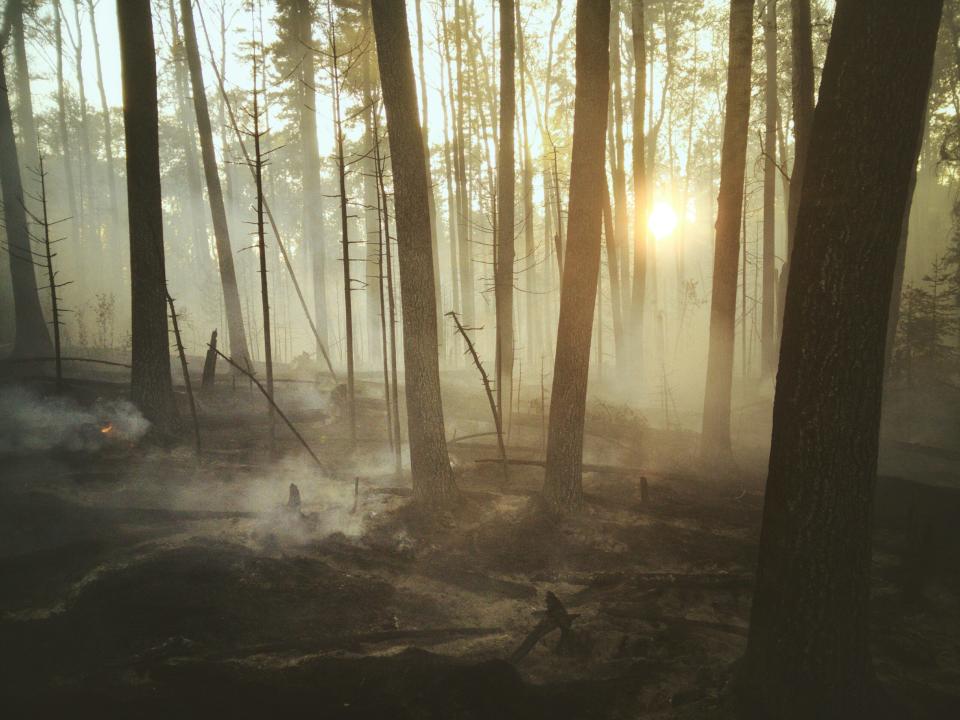The Canada Wildfires: Air Quality Alert Extended

Canada is a popular tourism destination due to its stunning natural areas and wildlife. But the country, which has 1.2 billion acres of forest, is prone to wildfires. This is due to the drought conditions and warm temperatures. The most recent wildfires in Canada have even led to air quality issues for surrounding communities. With the crippling smoke spreading, people all over the world are concerned about the low air quality alert that puts citizens at risk.
While residents of Canada have been urged to evacuate, surrounding states have also faced the unfortunate repercussions of the natural disaster. The proximity of Canada and The United States is partially why there is so much interest and travel between the two. However, it has also created an expanded health concern for the quality of air. Learn more about the Canadian wildfires that are impacting the surrounding air quality and what people should know about the situation.
The Canada Wildfires

There are roughly 8,000 wildfires every year in Canada. The densely packed forested areas are all over the country. These wildfires are particularly triggered by dry conditions or drought, so wildfires usually occur from May until September. Canada’s wildfires can cause significant damage and put the lives of its citizens at risk.
A Canadian Wildland Fire Information System (CWFIS) reports daily fire weather and behavior typically between May and September. Locals and travelers can use this information to learn about the local safety conditions and emergency response protocols and for more support concerning the situation. However, monitoring does not always mean avoiding unsafe situations.
The recent wildfires that have put the health of locals at risk started in western Canada (northeastern British Columbia) on Friday. Smoke from 146 active wildfires in Canada has been reported to be out of control. The fires have reached about 4,200 acres and the skies have remained hazy. As a result, some areas have been categorized as unhealthy for everyone and some only for sensitive groups. Overall, authorities are recommending that people in affected areas minimize outdoor activity.
The Health Impact of the Wildfires
The aftermath of such drastic wildfires causes health hazards due to the thick smoke. More specifically, the microscopic smoke particles can reach deep into the lungs once inhaled. Exposure to air pollution can worsen asthma symptoms and lung conditions, cause inflammation, and weaken the immune system in some cases. The winds are carrying the smoke from the fires across the region and the smoke is lingering.
The air quality index is what is concerning for people located around the region. It was established by the U.S. Environmental Protection Agency (EPA) to measure air pollution levels. It also serves to get that important information out to the public. After the wildfires, the air quality index has reflected poorer air quality conditions.
Alerts were in effect in multiple U.S. states after the wildfires in Canada. The air quality index reflected “moderate” and “unhealthy” conditions across four states on Monday. Those include North Dakota, South Dakota, Montana, and Minnesota, each of which borders Canada. Minnesota and Wisconsin have most recently been at the forefront of air quality concerns from the Canadian wildfires.
Last year Canada faced its most devastating wildfire season in recorded history. The world watches as the country braces itself for the wildfire season of 2024, which has started off intensely.

